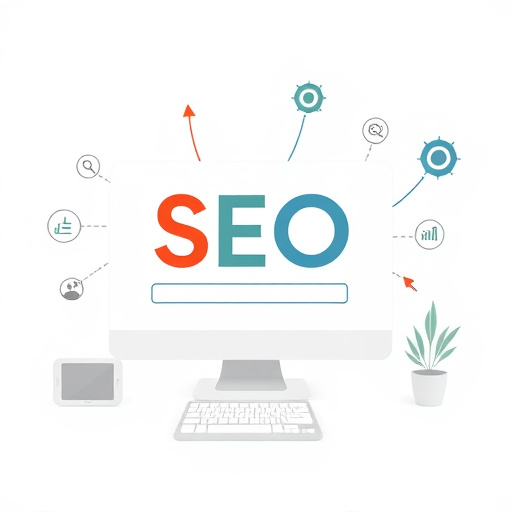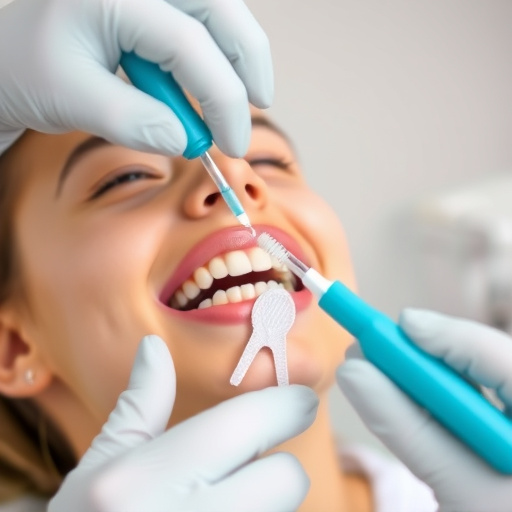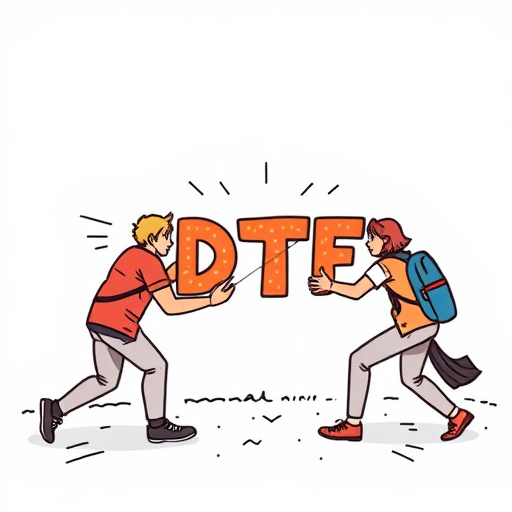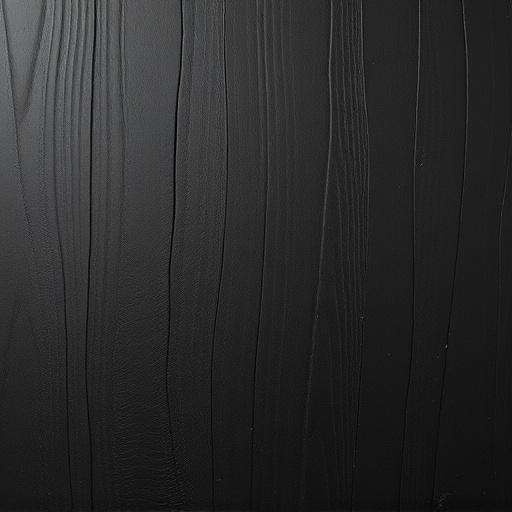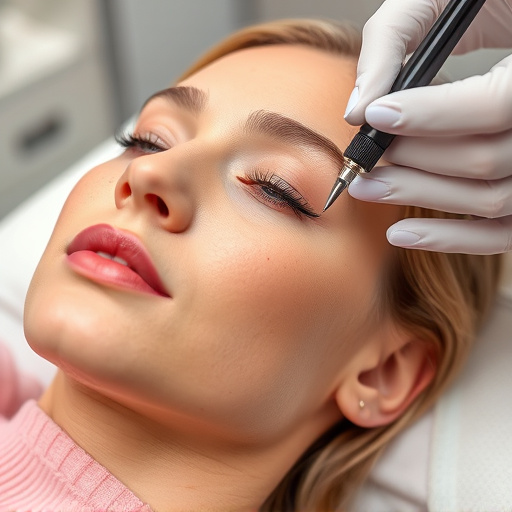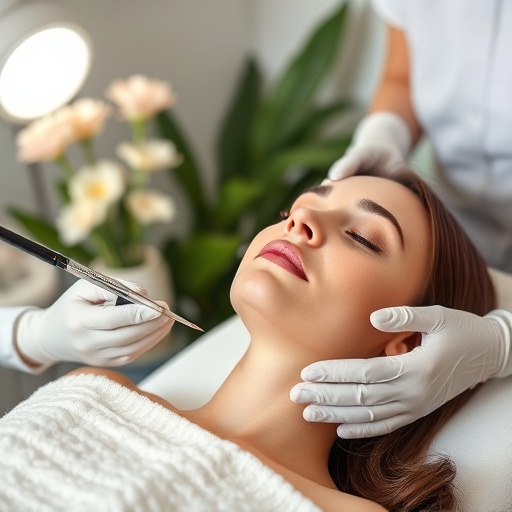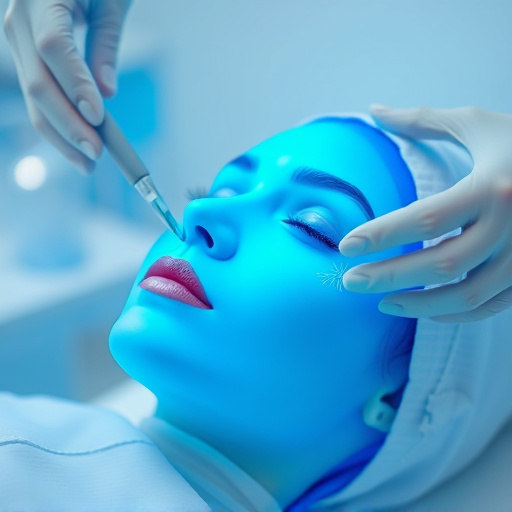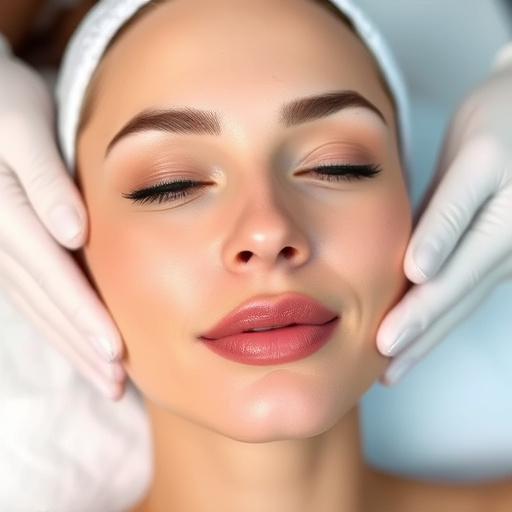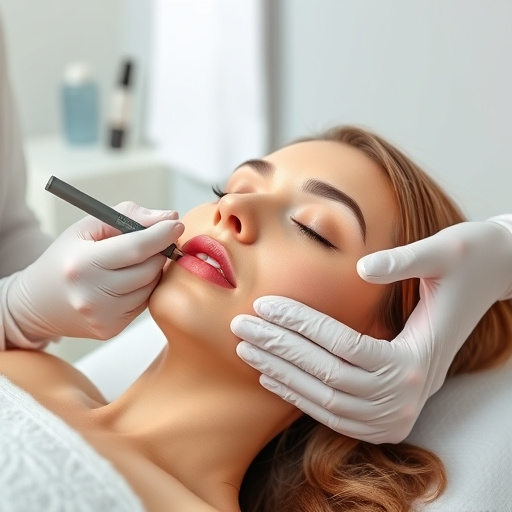Spider veins, caused by genetics, age, hormonal changes, obesity, standing for long periods, and certain occupations, can be managed through various treatments recommended by vascular experts. Options range from non-invasive procedures like sclerotherapy, laser therapy, and radiofrequency treatments to surgical interventions such as vein stripping for severe cases. Consulting a vascular specialist is crucial for personalized, effective spider vein treatment tailored to individual needs, whether for cosmetic improvement or symptom relief.
Unwanted spider veins can be a source of embarrassment, but there are effective treatments available. This guide delves into the world of spider vein treatment, recommended by vascular experts, to help you understand this common condition and its causes. From non-invasive procedures like laser therapy to surgical options, we explore diverse treatment paths. By understanding your risks and expert advice, you can make an informed decision for clear, healthy legs. Discover the best course of action for spider vein treatment tailored to your needs.
- Understanding Spider Veins: Causes and Risk Factors
- Exploring Treatment Options: Non-Invasive to Surgical Approaches
- Expert Recommendations: Choosing the Best Course of Action for Effective Vein Treatment
Understanding Spider Veins: Causes and Risk Factors

Spider veins are a common concern for many individuals, characterized by small, visible red or blue lines on the skin’s surface. These unsightly vessels often appear on the legs and faces, affecting both men and women. Understanding their causes is essential when considering effective spider vein treatment options recommended by vascular experts. Several factors contribute to the development of spider veins, including genetics, age, hormonal changes, obesity, prolonged standing, and even certain occupations that require extended periods of sitting or standing.
Risk factors play a significant role in the formation of spider veins, with lifestyle choices being a crucial aspect. For instance, laser hair removal procedures can potentially trigger the growth of spider veins in some individuals. Additionally, medical spa services offering treatments like skin rejuvenation may also inadvertently contribute to this condition if not performed correctly. Recognizing these causes and risk factors is the first step toward managing and treating spider veins effectively through specialized care.
Exploring Treatment Options: Non-Invasive to Surgical Approaches

When exploring spider vein treatment options, individuals have a range of approaches to consider, from non-invasive procedures to more surgical interventions. For many, non-invasive treatments like sclerotherapy and laser therapy are preferred due to their minimal downtime and generally safe profiles. These methods involve using injectables or light energy to collapse problematic veins, encouraging the body to reroute blood flow through healthier vessels.
Facial treatments and medical spa services offering wrinkle reduction techniques can also inadvertently address spider veins in the face. However, for more severe cases affecting larger areas, surgical options like vein stripping may be recommended by vascular experts. These procedures aim to remove the affected veins altogether, providing long-lasting relief from symptoms and cosmetic concerns related to spider veins.
Expert Recommendations: Choosing the Best Course of Action for Effective Vein Treatment

When it comes to spider vein treatment, seeking expert advice is paramount. Vascular specialists play a crucial role in recommending the most suitable course of action for effective and lasting results. These professionals consider various factors such as the severity of the condition, individual patient needs, and lifestyle to determine the best approach.
Typically, experts may suggest non-invasive procedures like laser therapy or radiofrequency treatments, which are popular choices for spider vein reduction. Alternatively, they might recommend medical spa services tailored to body contouring and wrinkle reduction, offering comprehensive solutions. In some cases, more intensive methods like surgical intervention could be advised, ensuring patients receive personalized care that aligns with their specific goals and expectations.
When it comes to spider vein treatment, understanding your options and seeking expert advice are crucial steps. After examining causes, risk factors, and a variety of treatment approaches, from non-invasive methods to surgical solutions, vascular experts recommend a personalized approach. By considering factors like vein severity, location, and individual health, they can guide you towards the most effective course of action for your specific spider vein concerns, ensuring optimal results and enhanced venous health.


